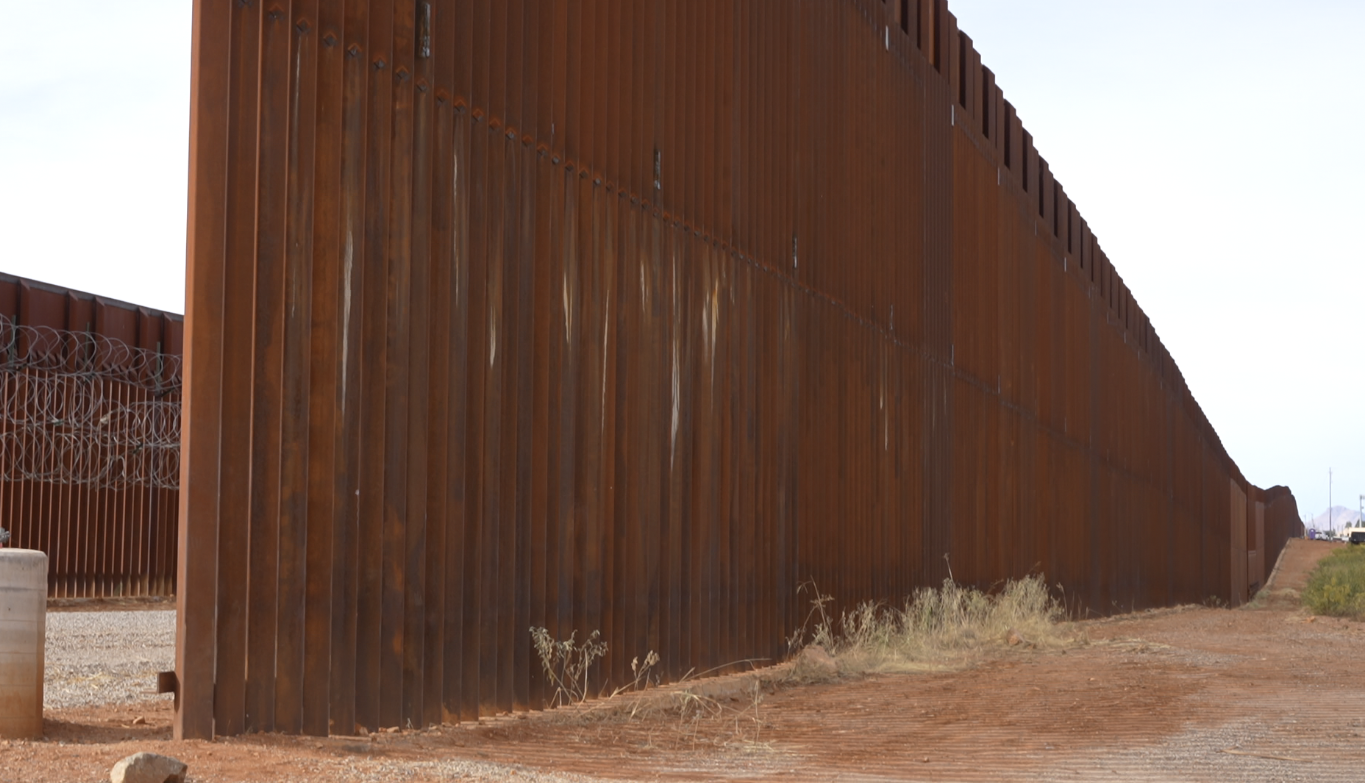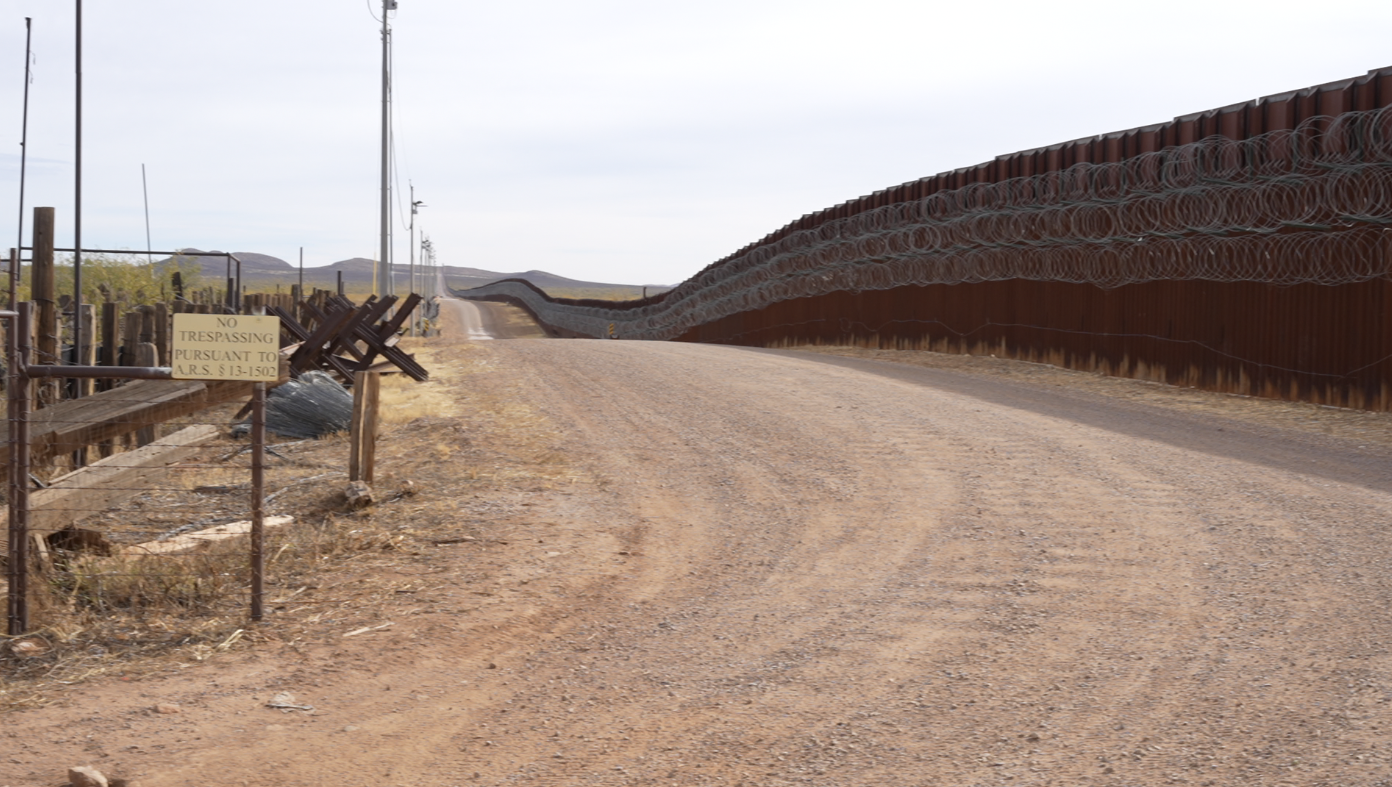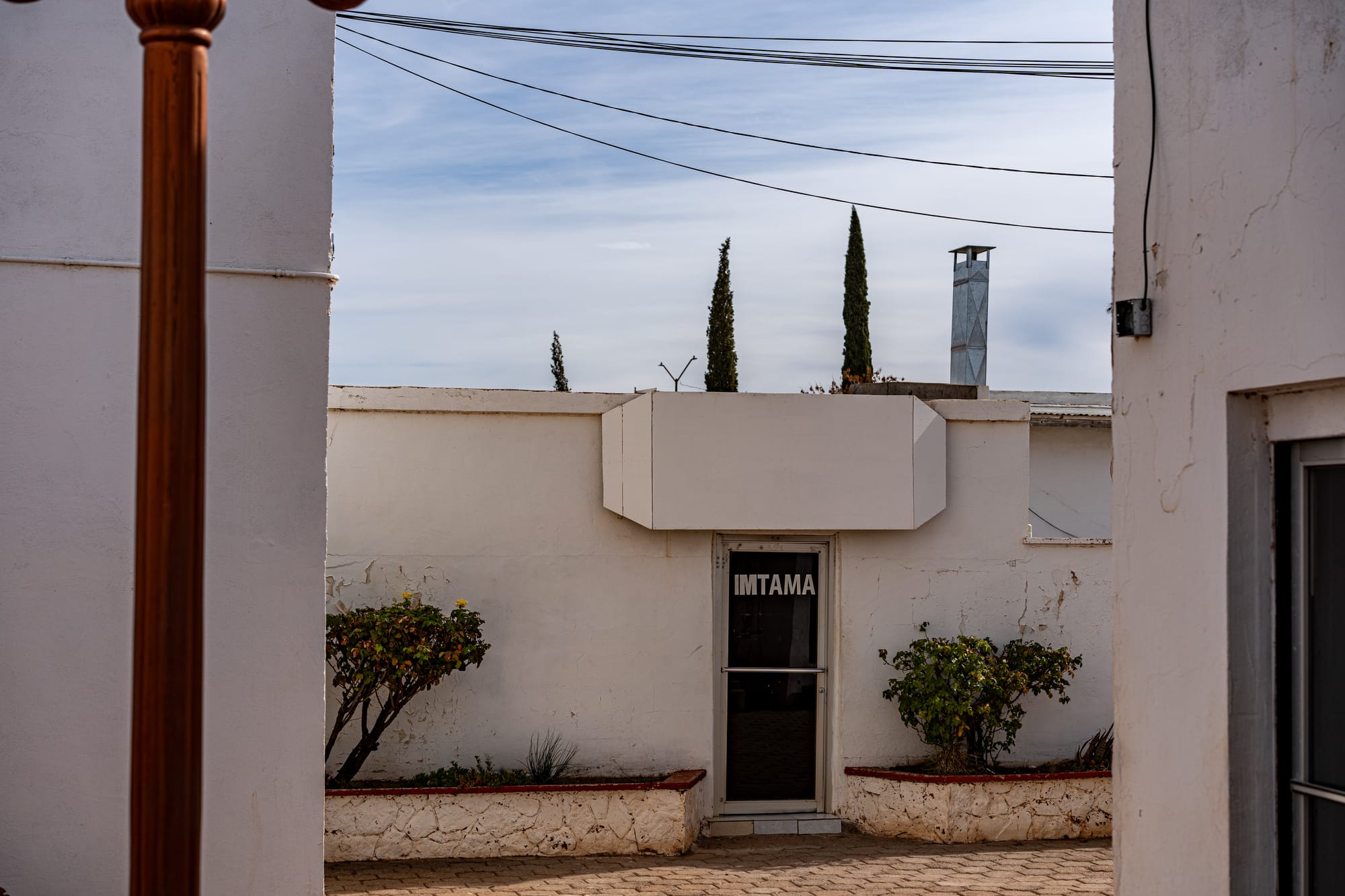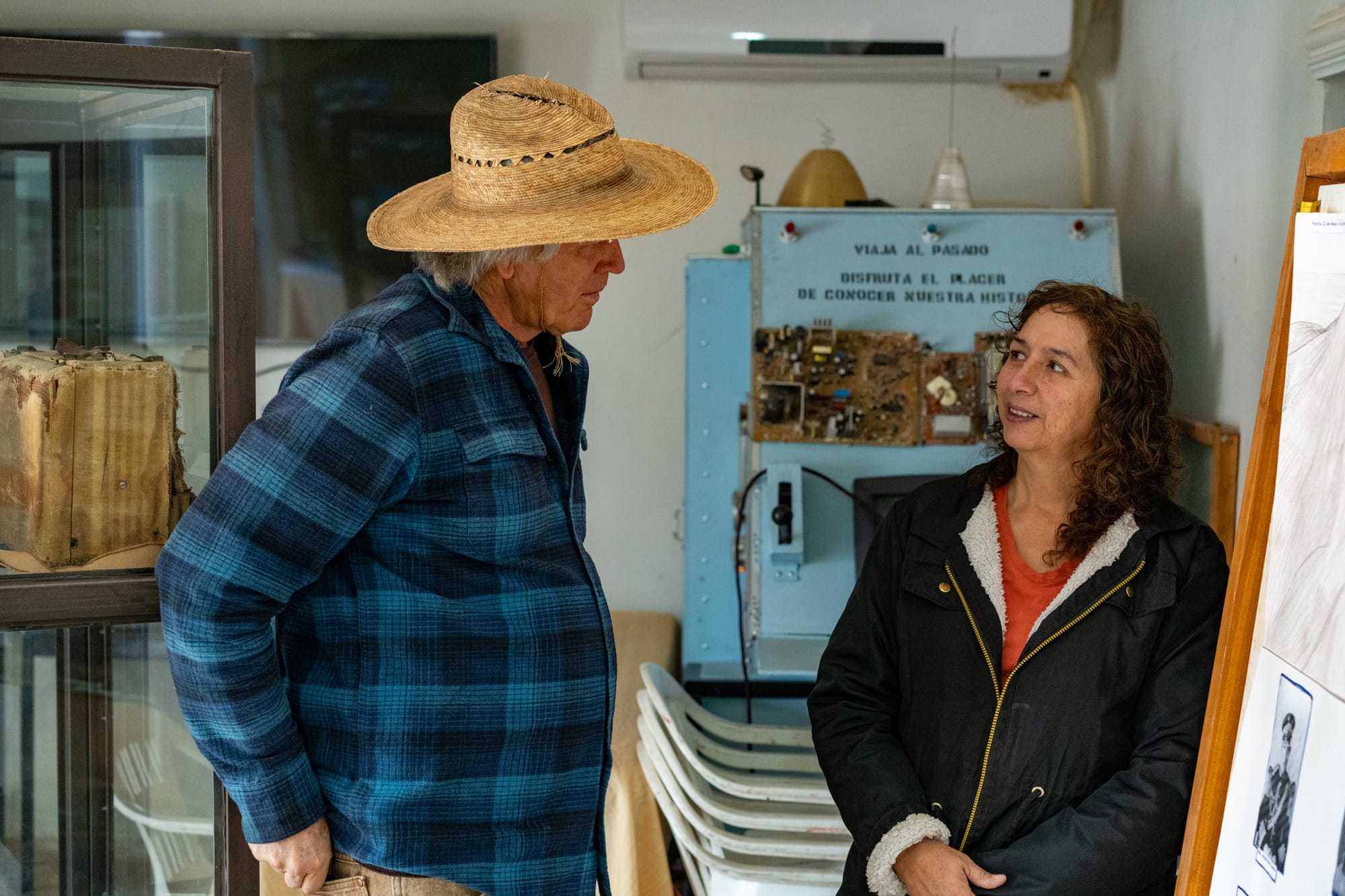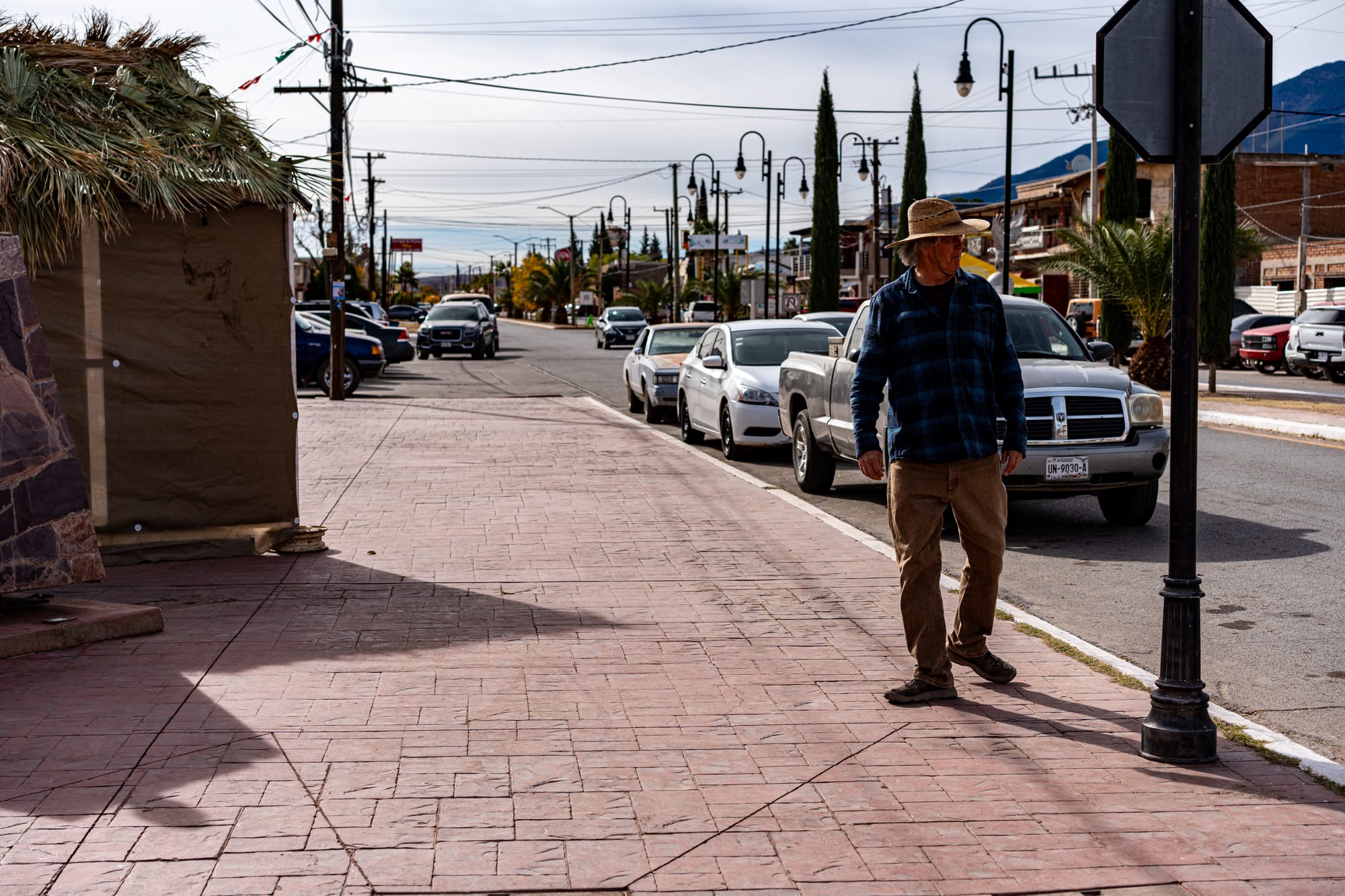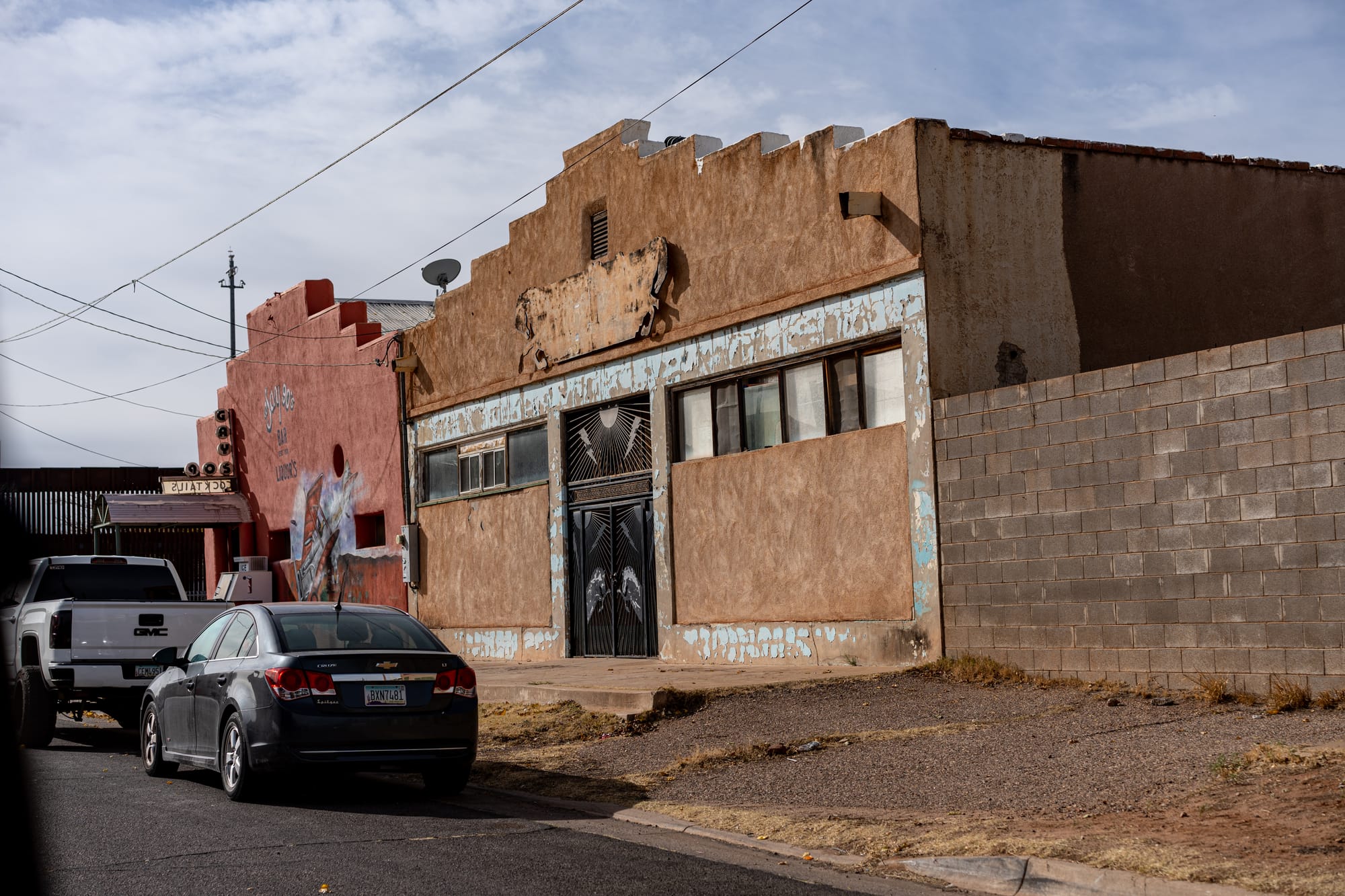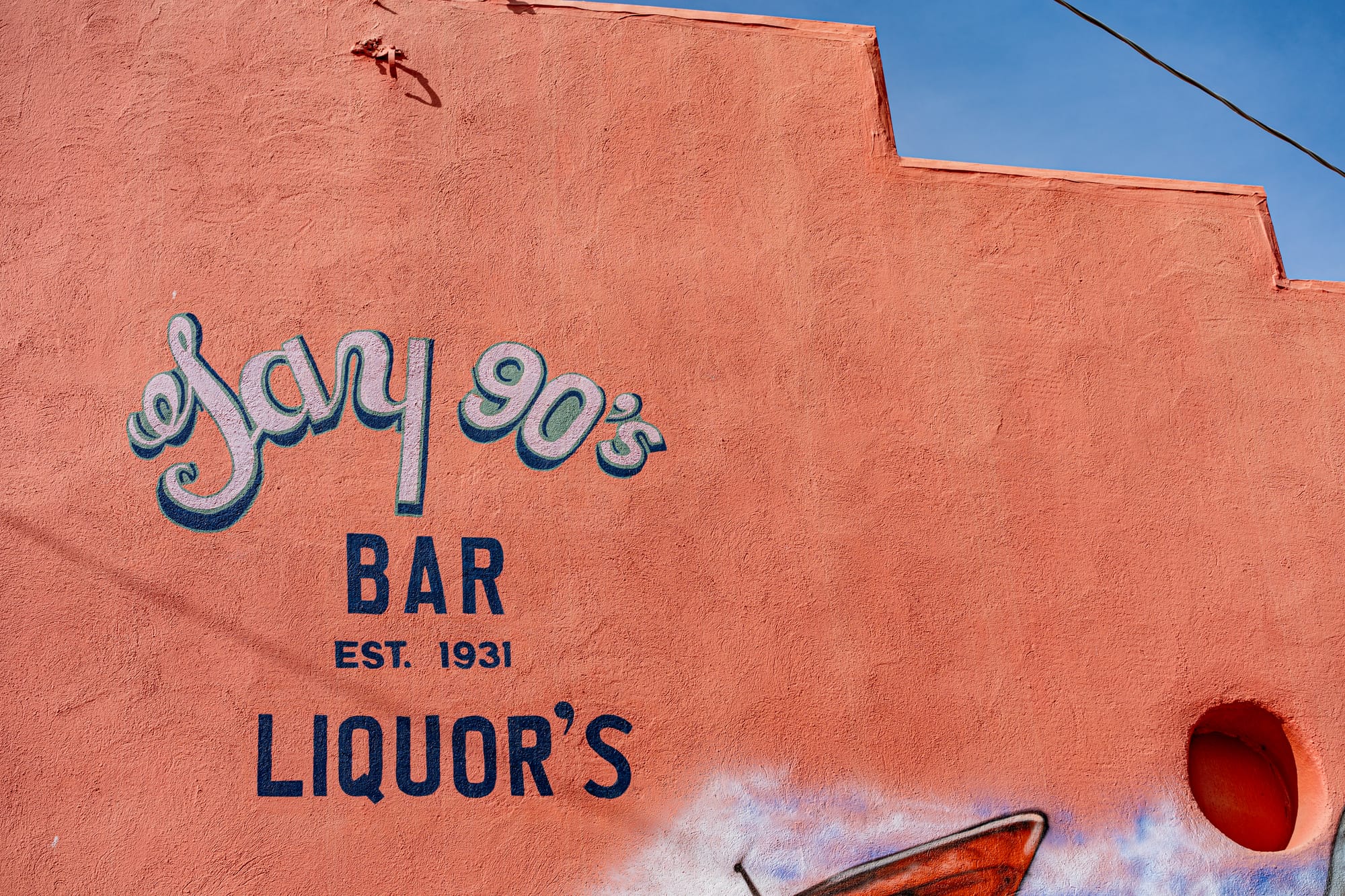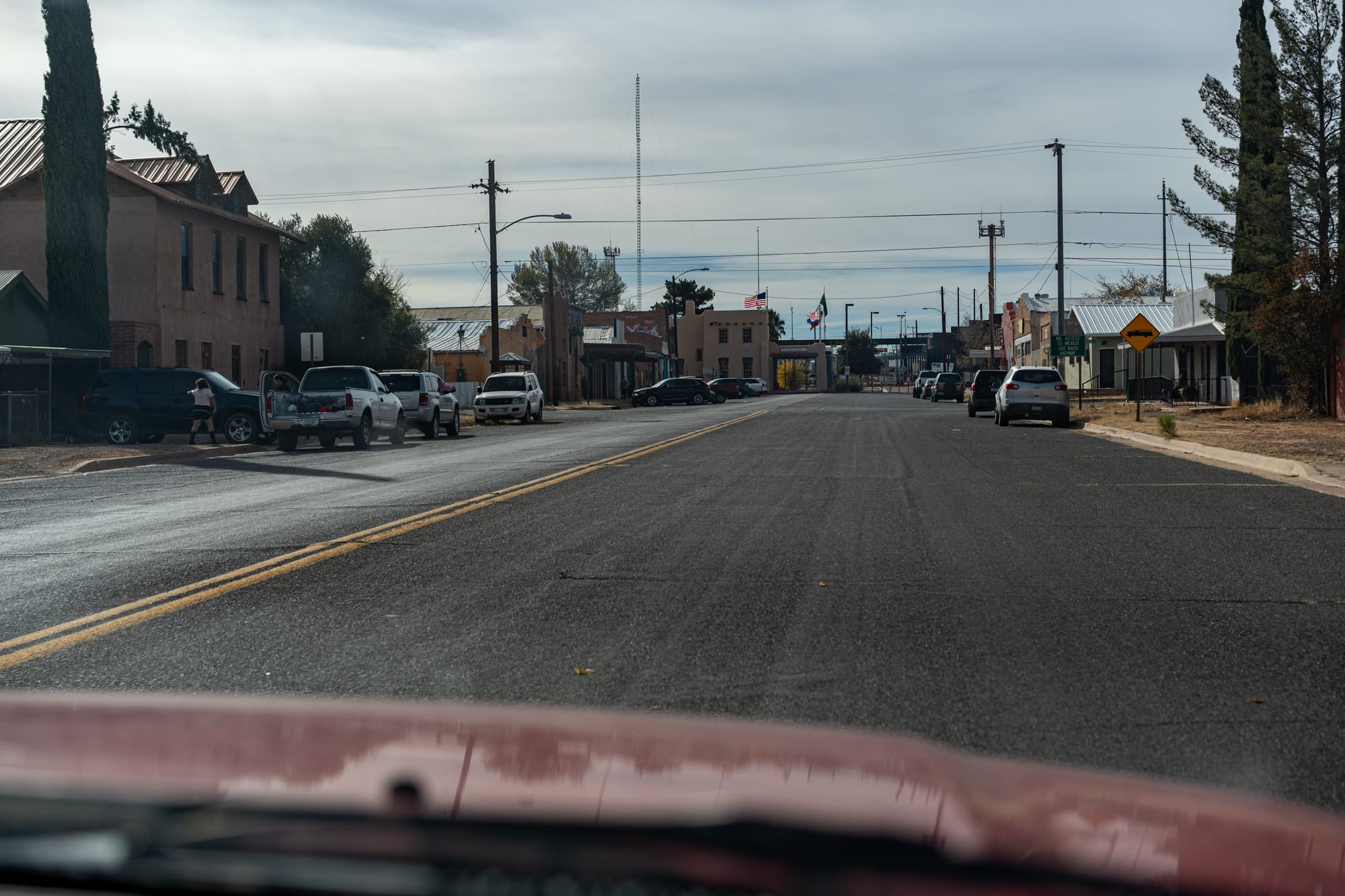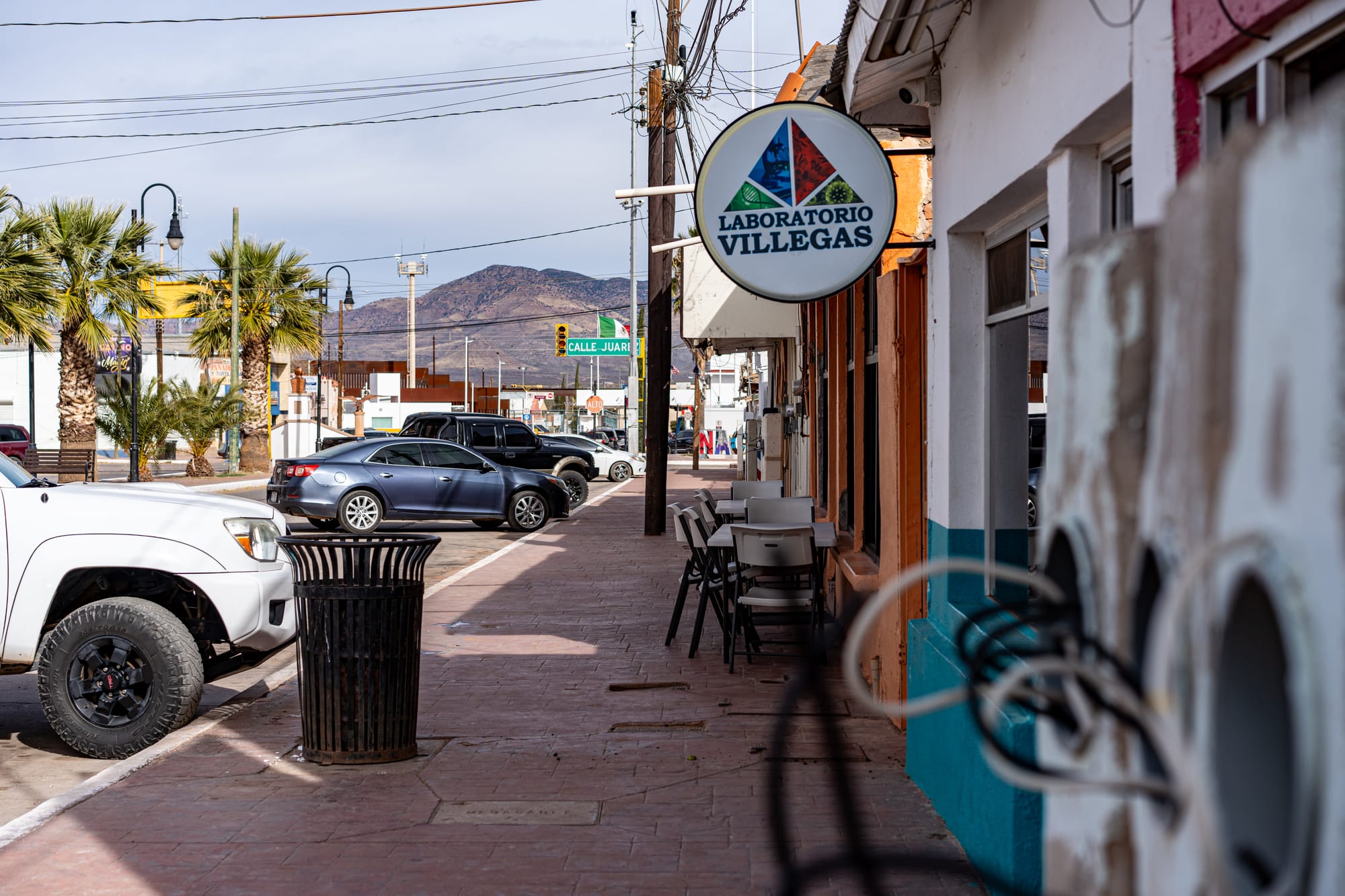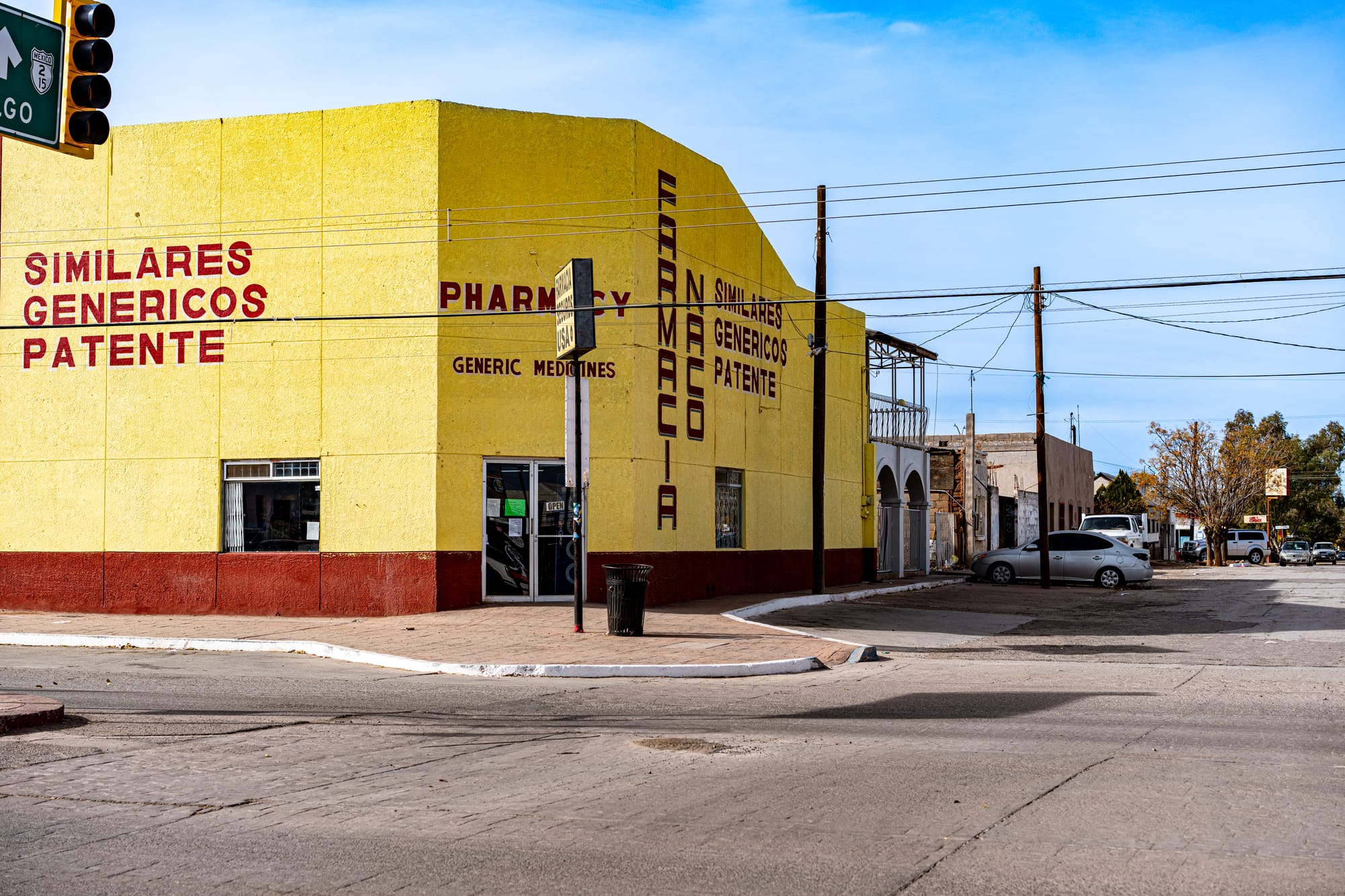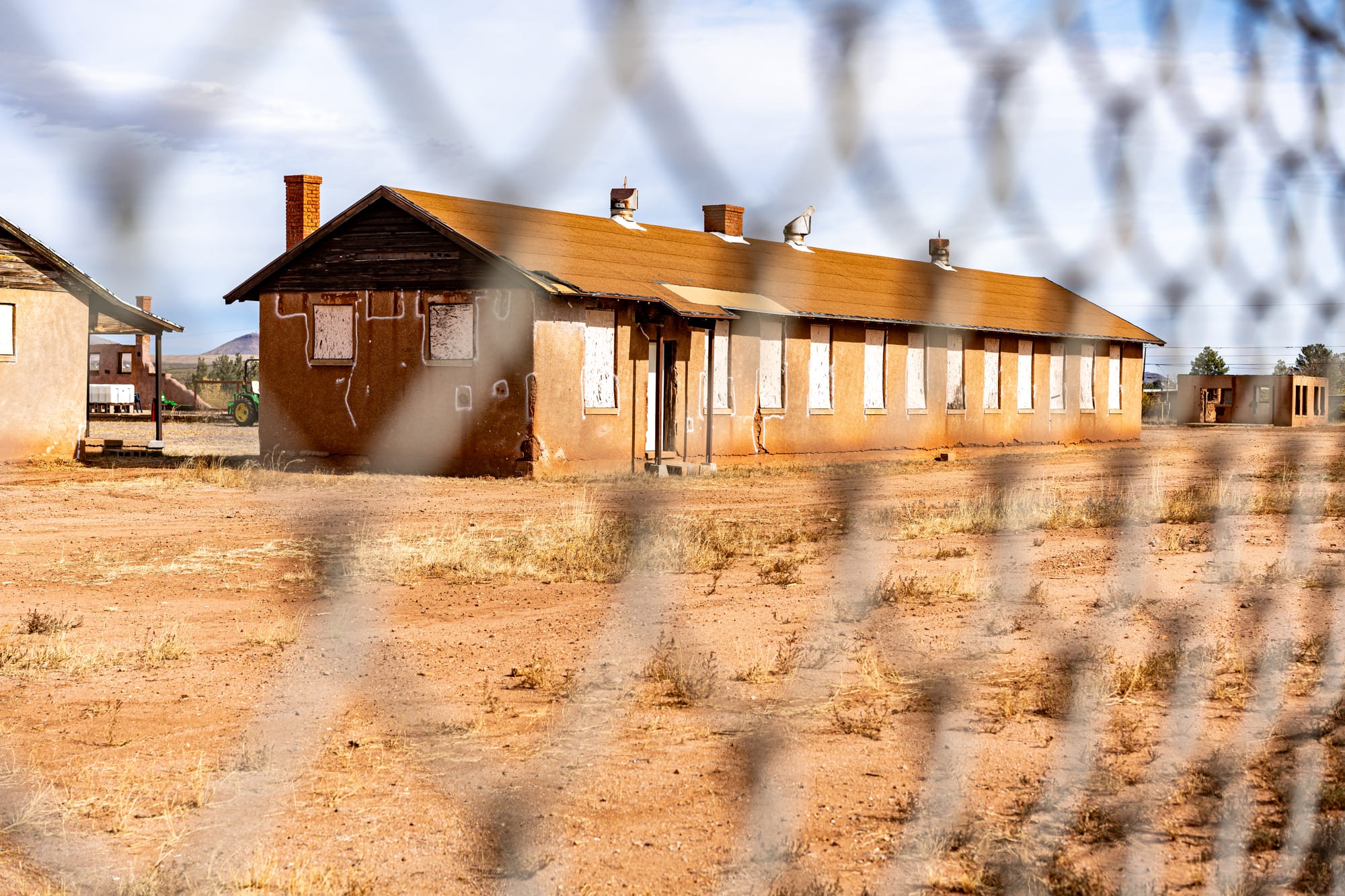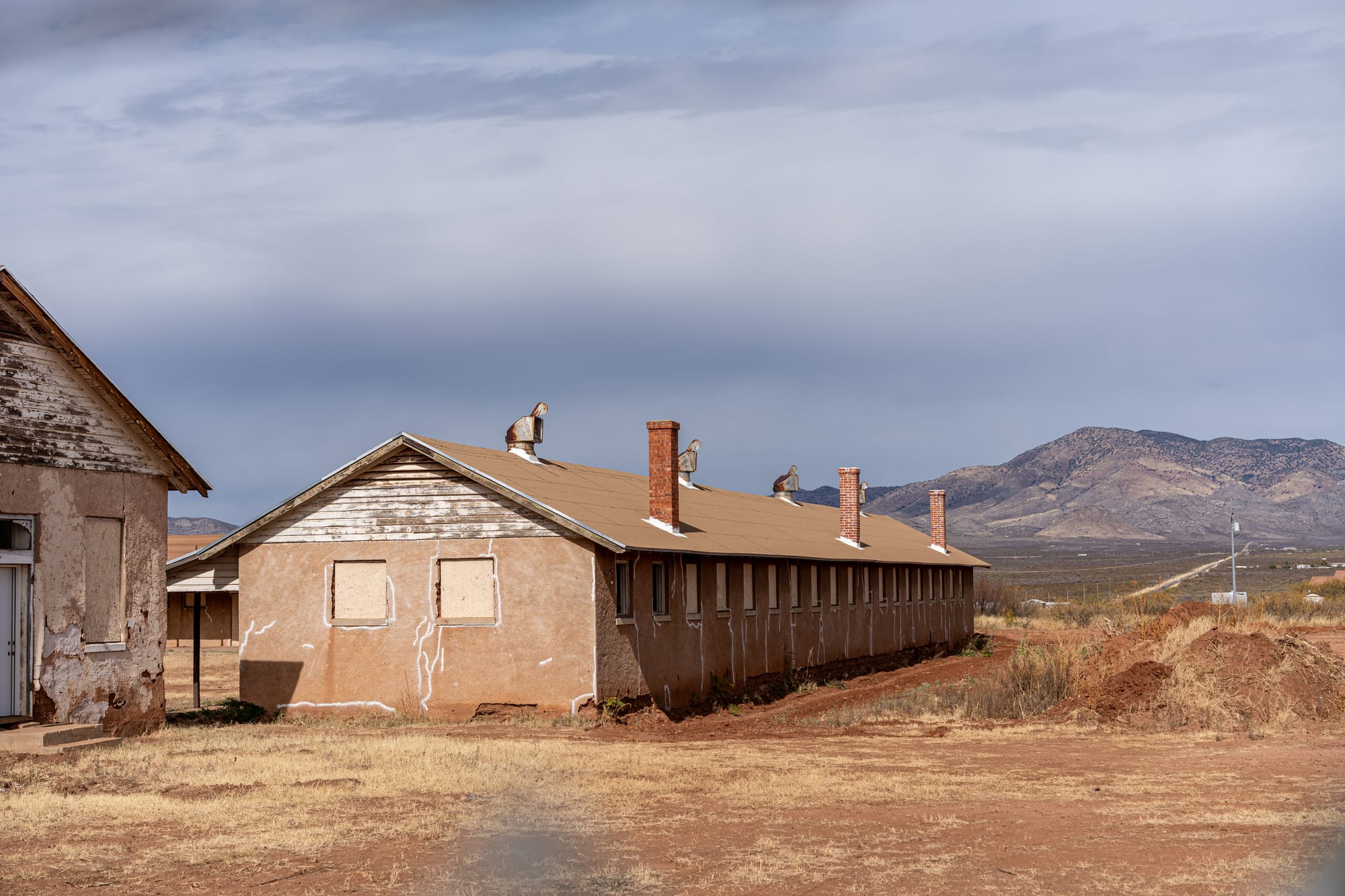Down on the border
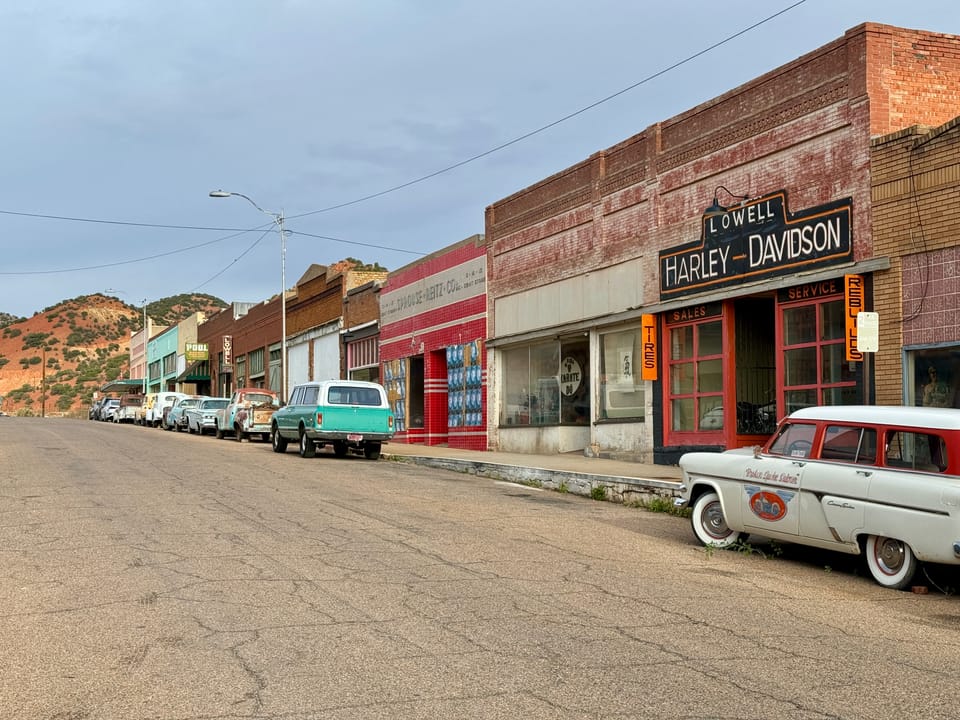
Bisbee, AZ
I've written about Bisbee before. It's the old copper-mining town-turned-New Age retreat near the border with Mexico. It stands next to enormous and silent open pit mines, terraced like inverted ziggurats. Remnant equipment from the decades of ore extraction is strewn about their edges. The surrounding hills are full of ominous mineshafts covered with corrugated metal. The architecture from the early 1900s stands largely untouched, but reinhabited by folks selling incense, crystals, and desert art.
It's also the hometown of my wife, Fiona. Whenever we visit, we like to walk around town with Fiona's dad, Mike. Mike, who has resided there since the 1970s with Joanne, Fiona's mom, knows every back alley; every brick of the rust-colored town. He likes to make little movies about them, enlisting random passersby to bring the old places to life.
We spent the evening after Thanksgiving dinner snapping shots in the soft light. Pictured:
- Buddhist shrine on the hill
- The old Lyric theater (where apparently Elvis Presley once made an appearance)
- Hotel La More
- Subway street
- The Lavender Pit
- Evergreen Cemetery
Most of the photos in the section below are credit to Fiona Foster.
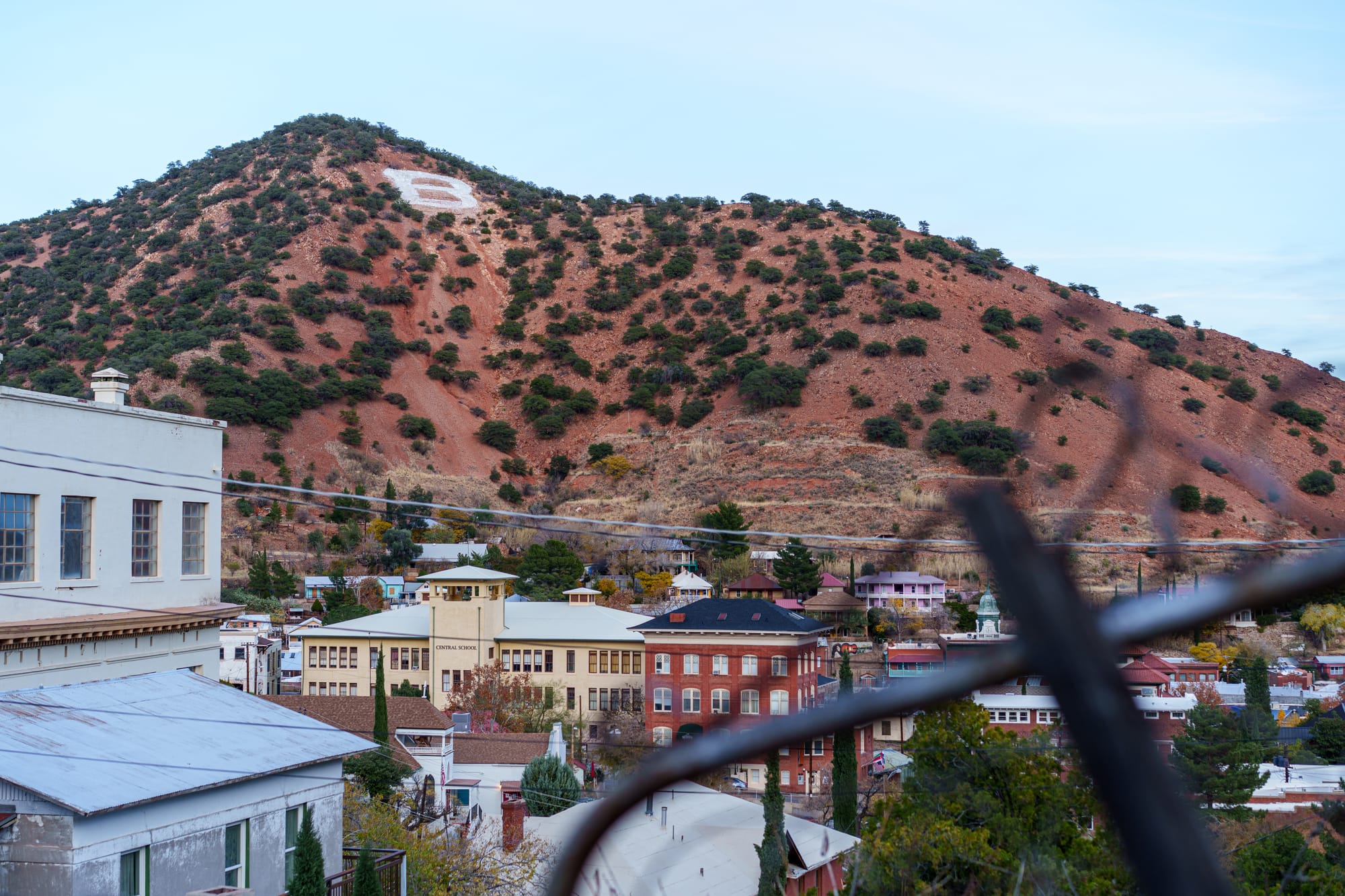
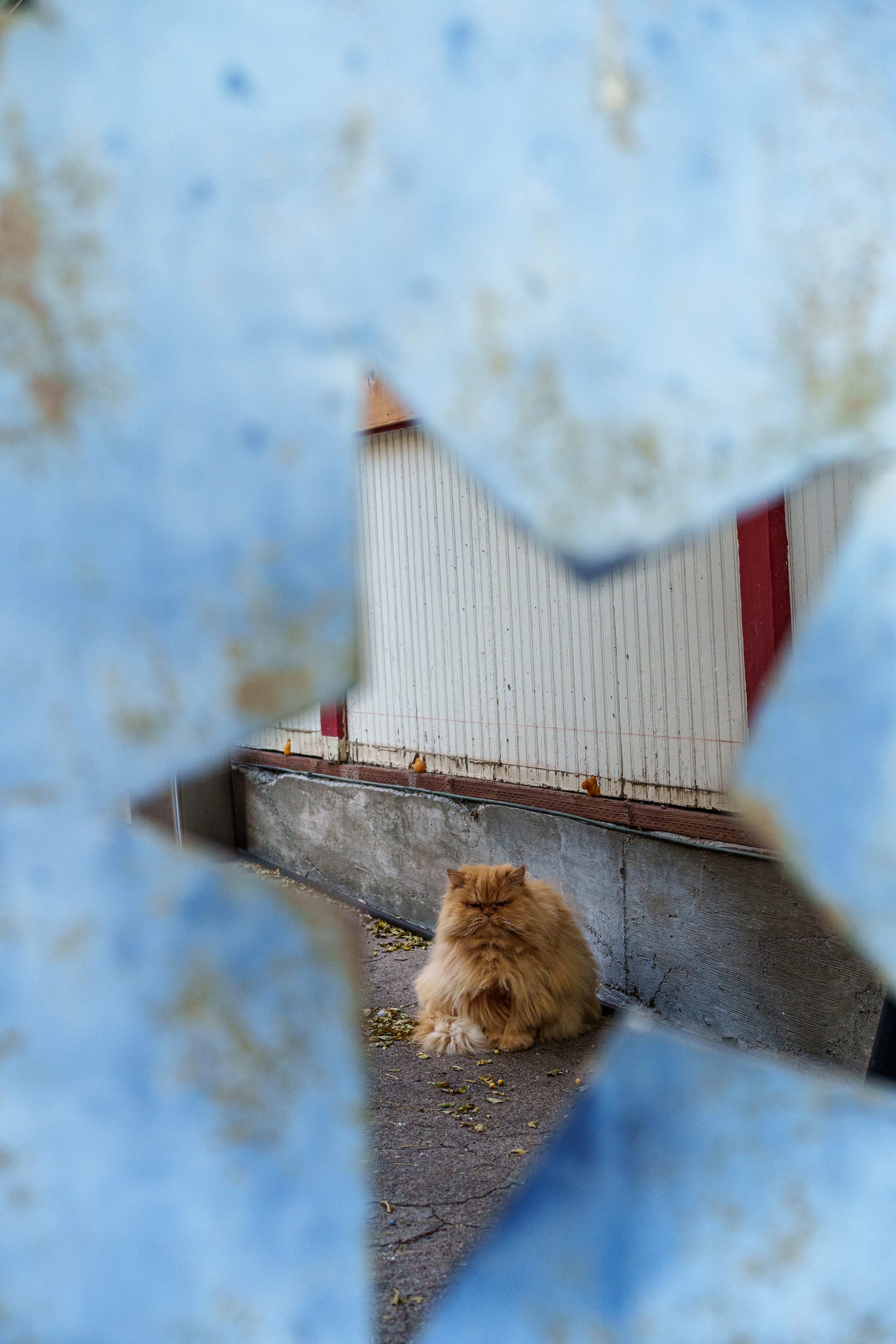
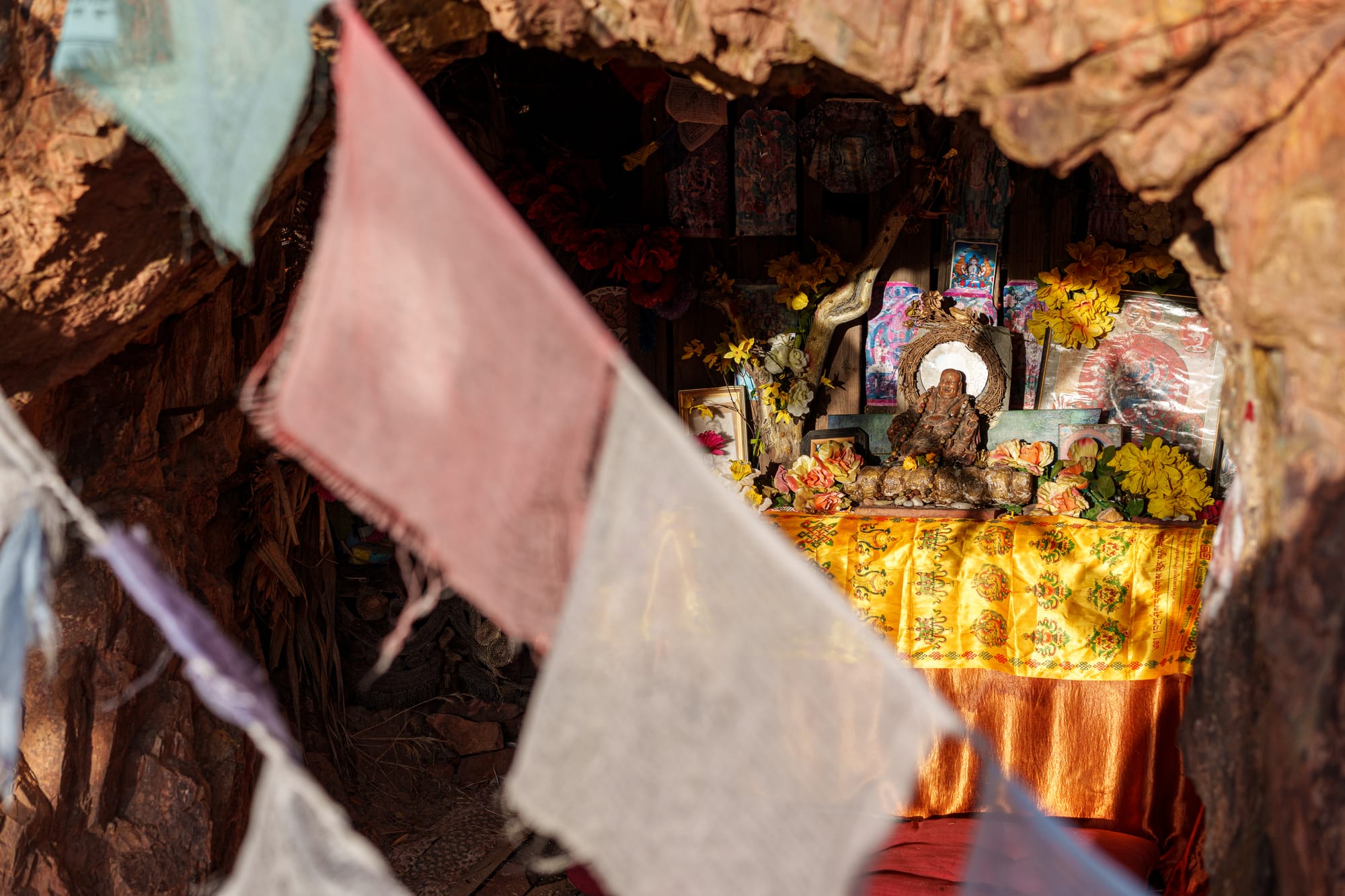
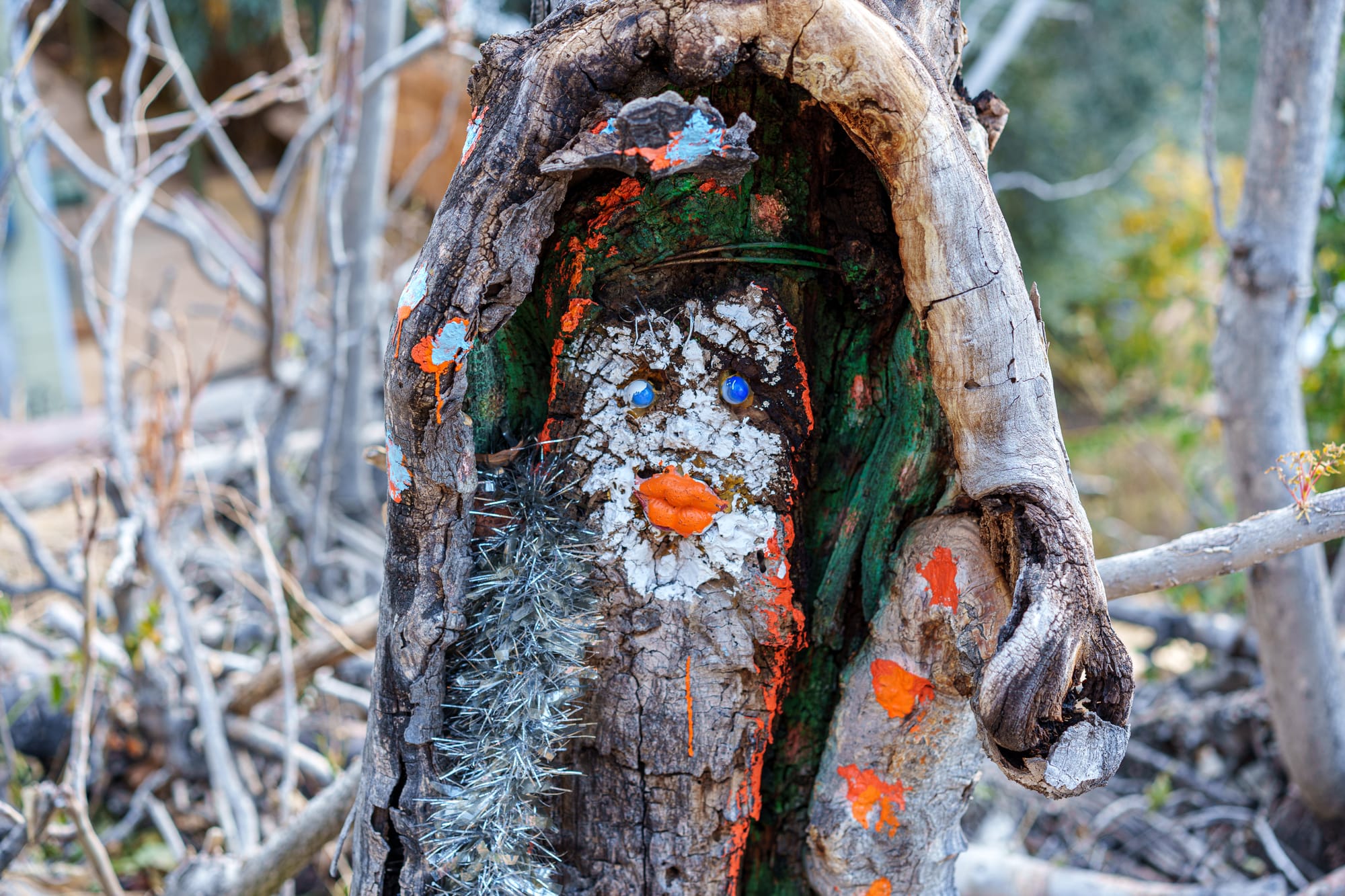
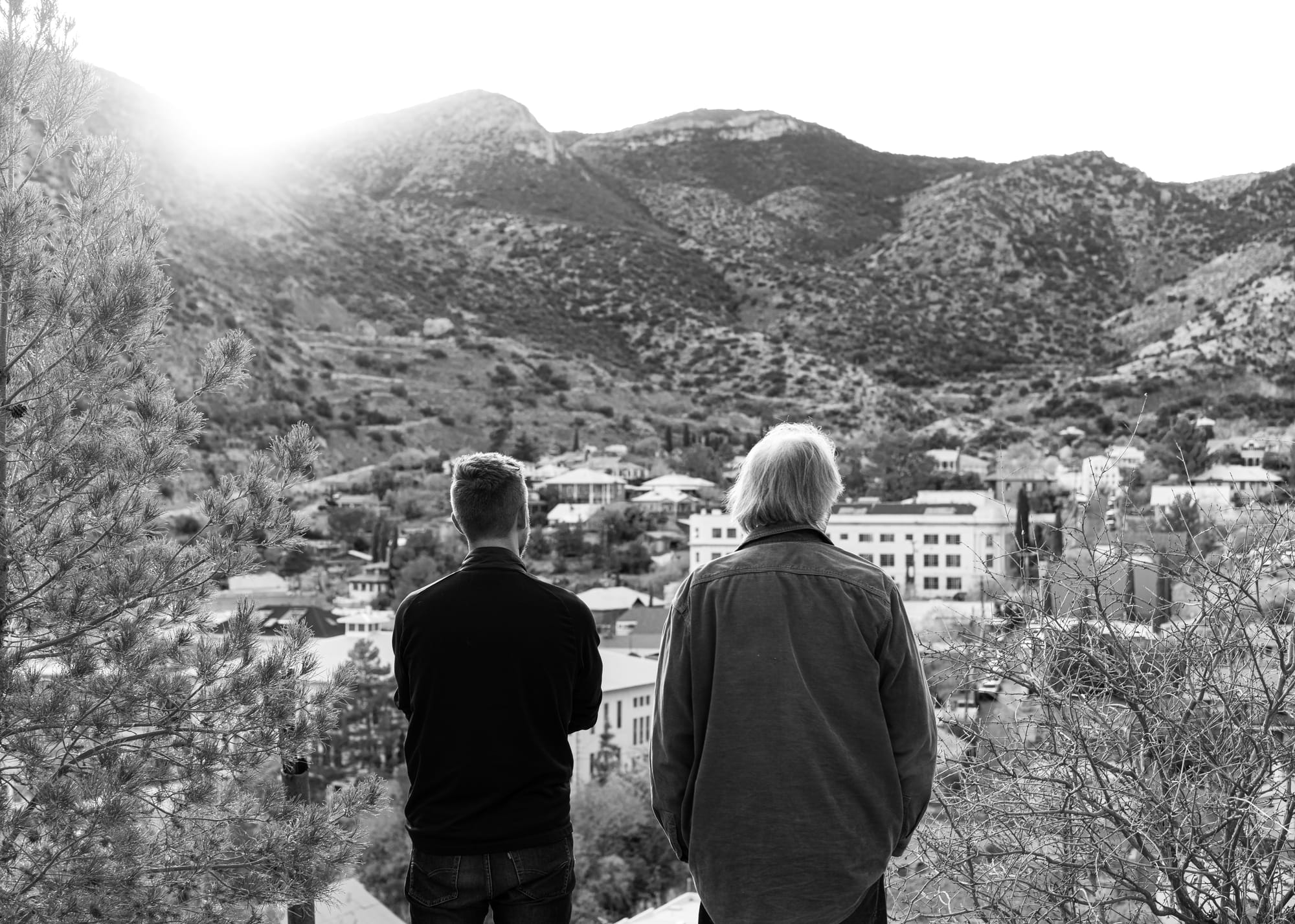
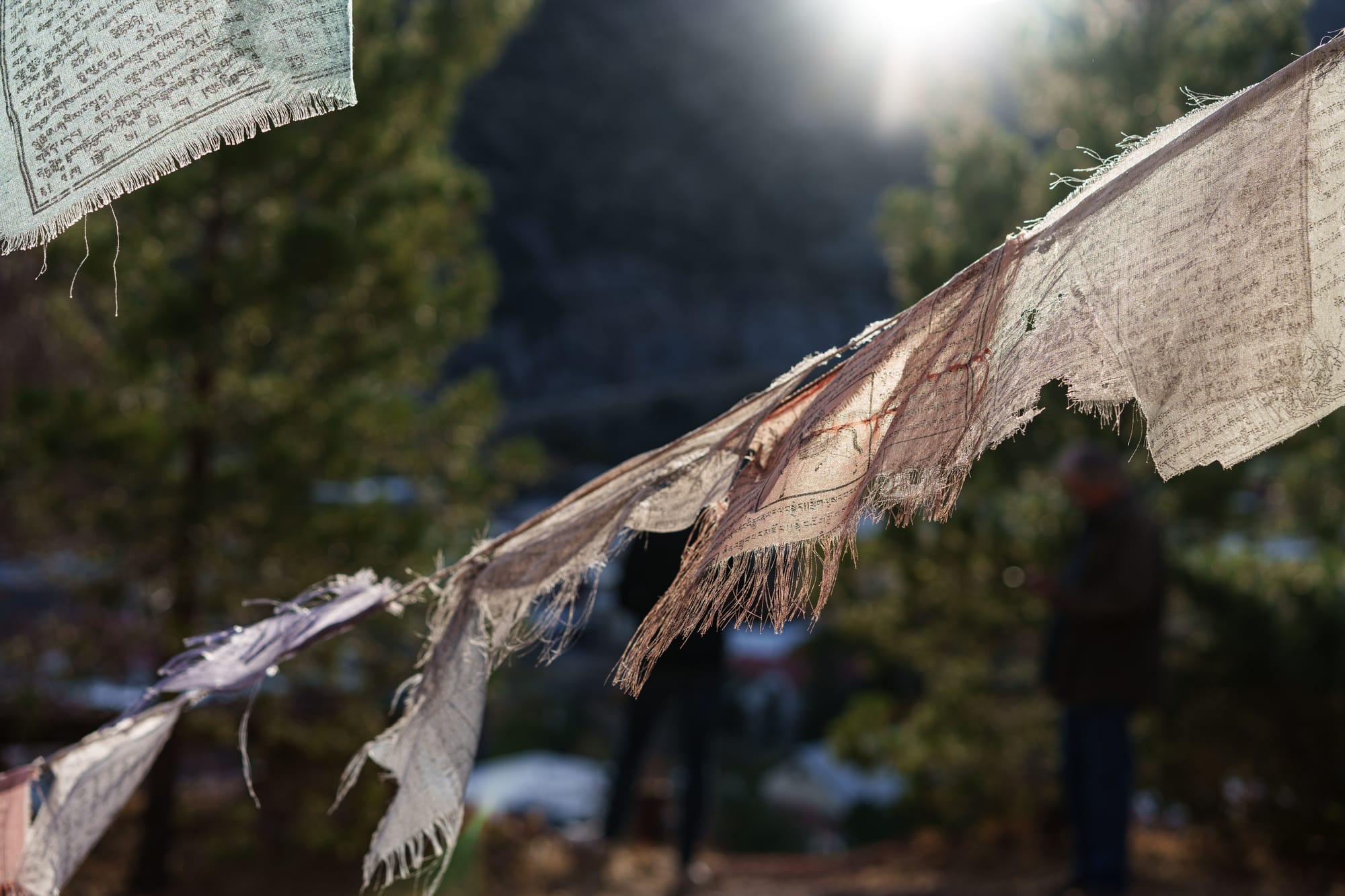
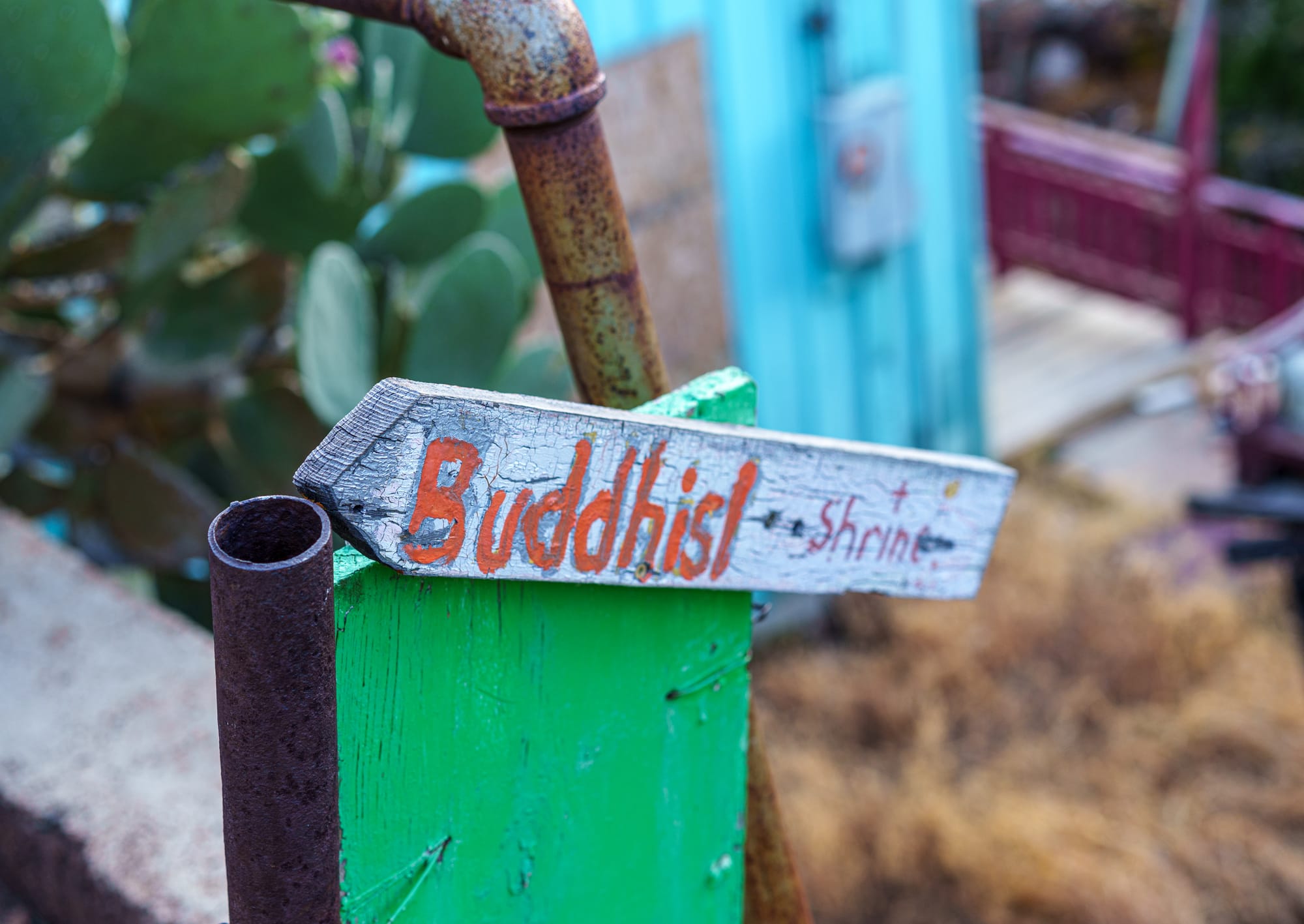

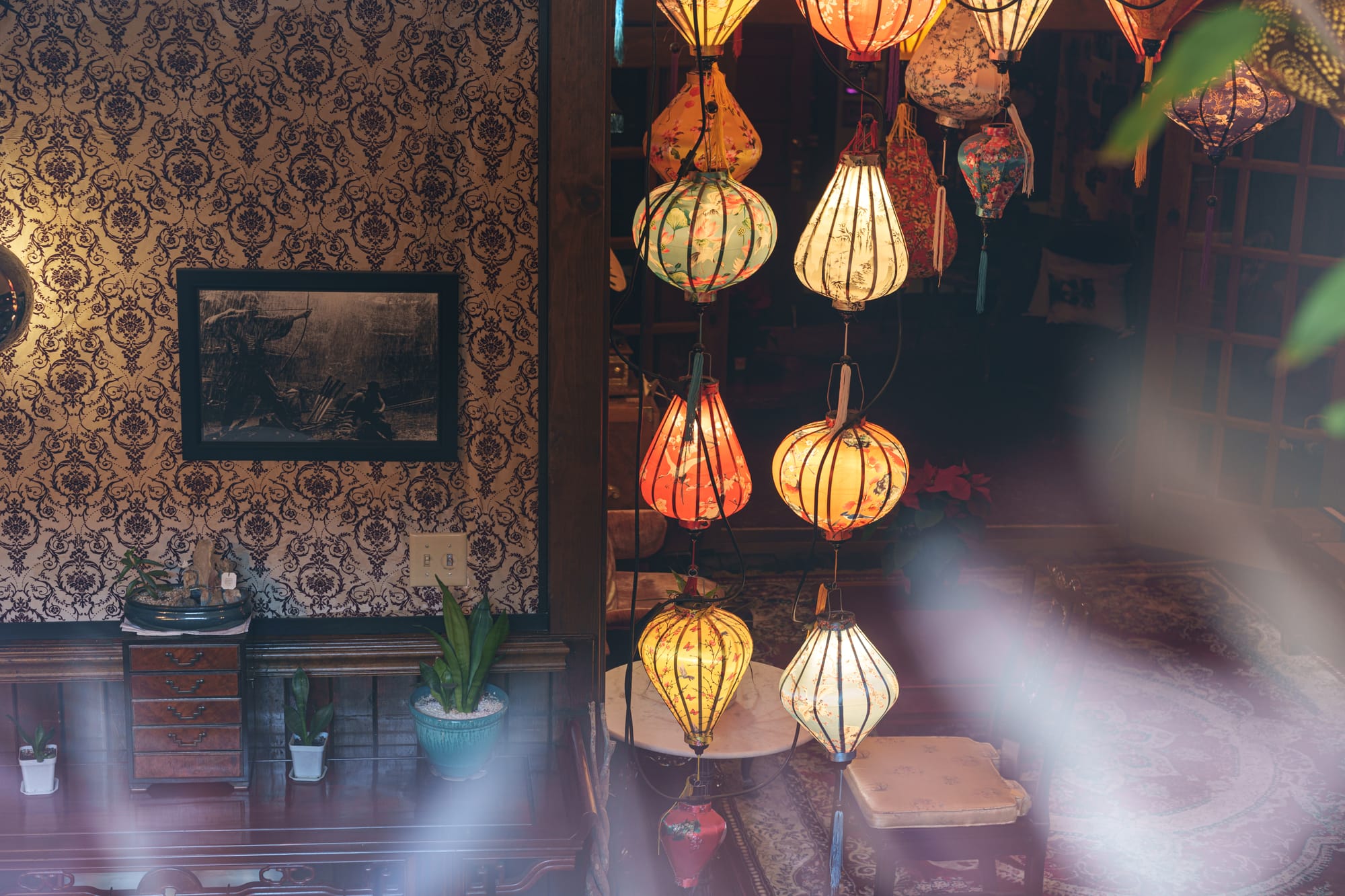
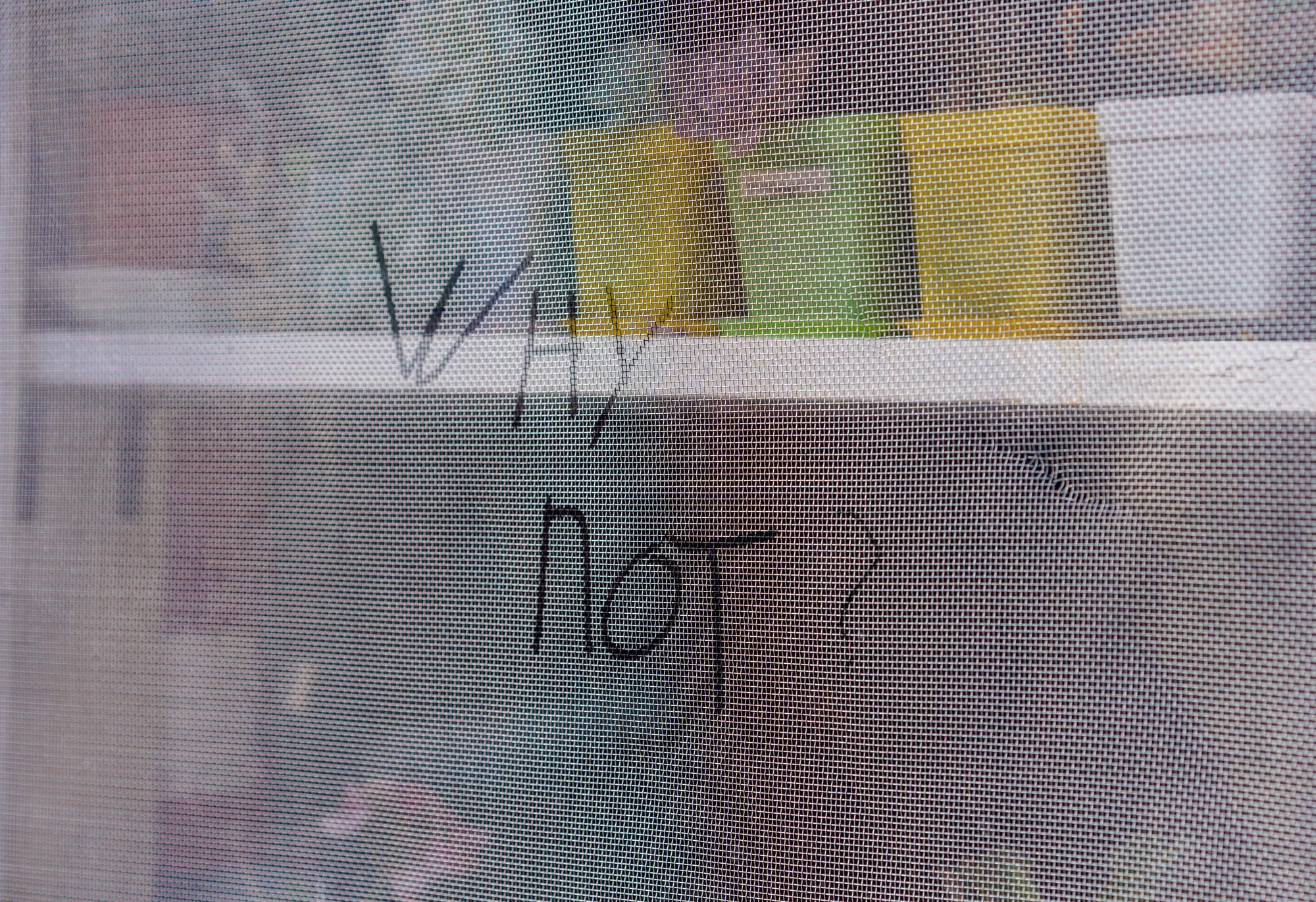
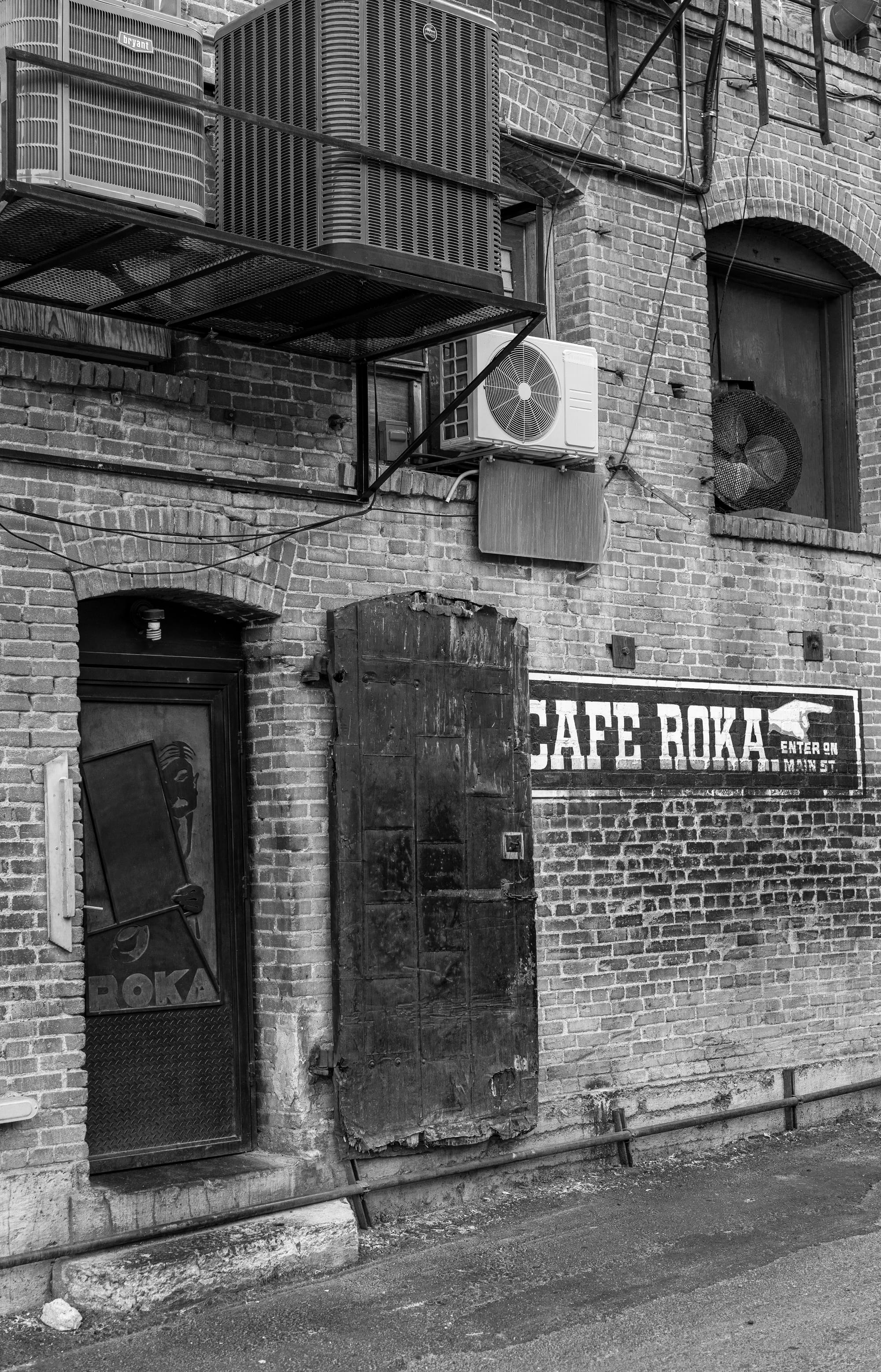
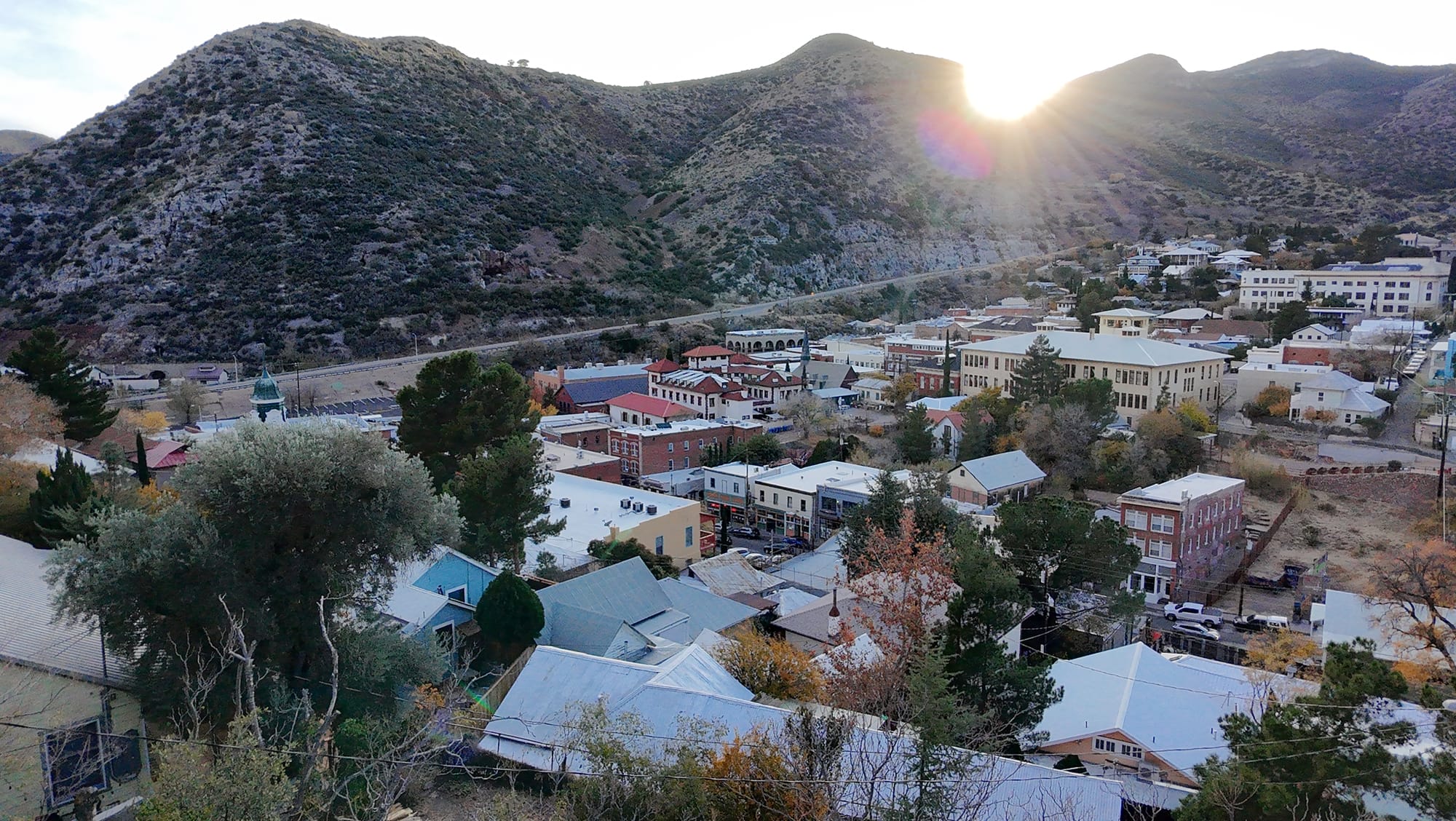
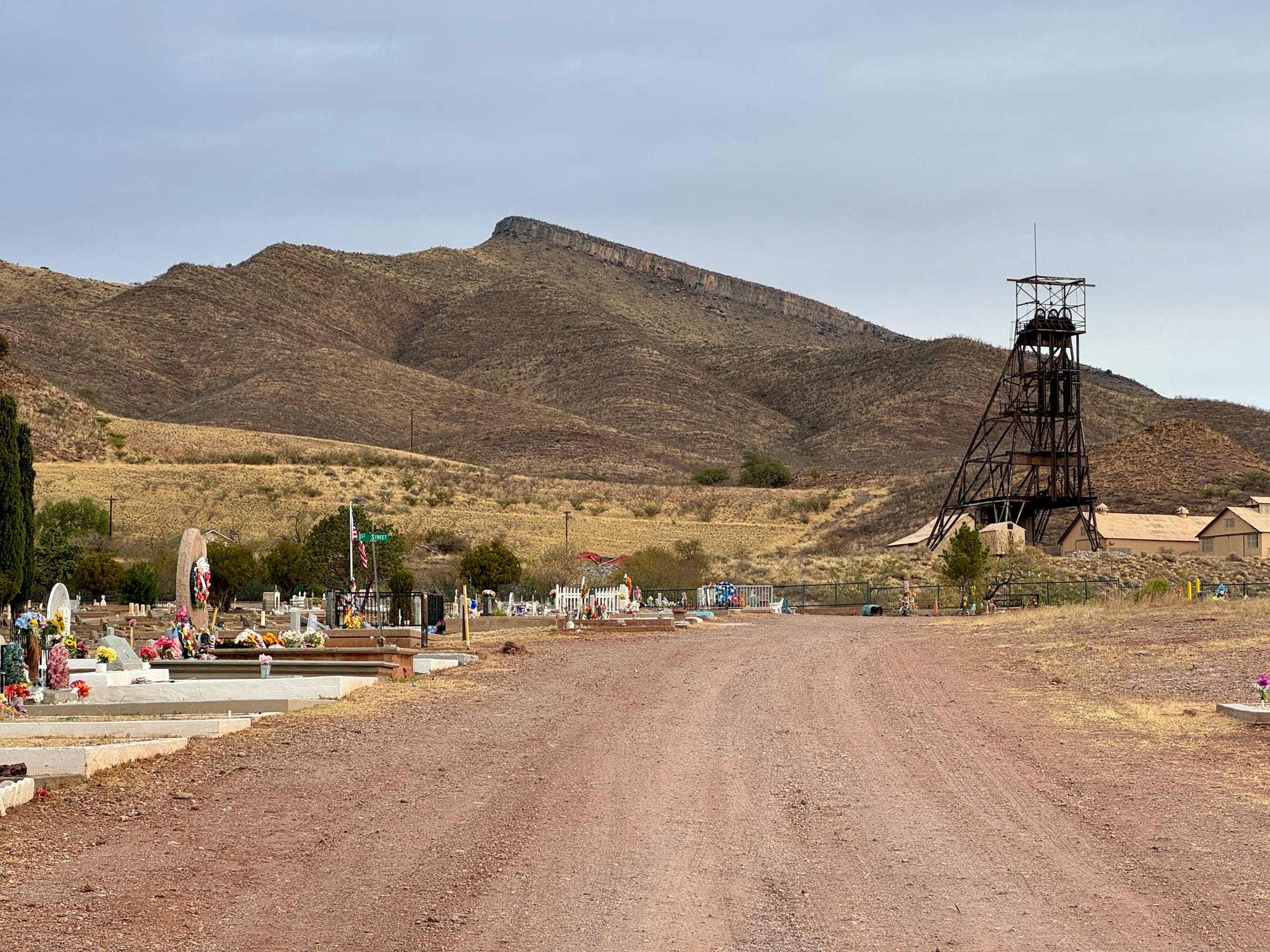
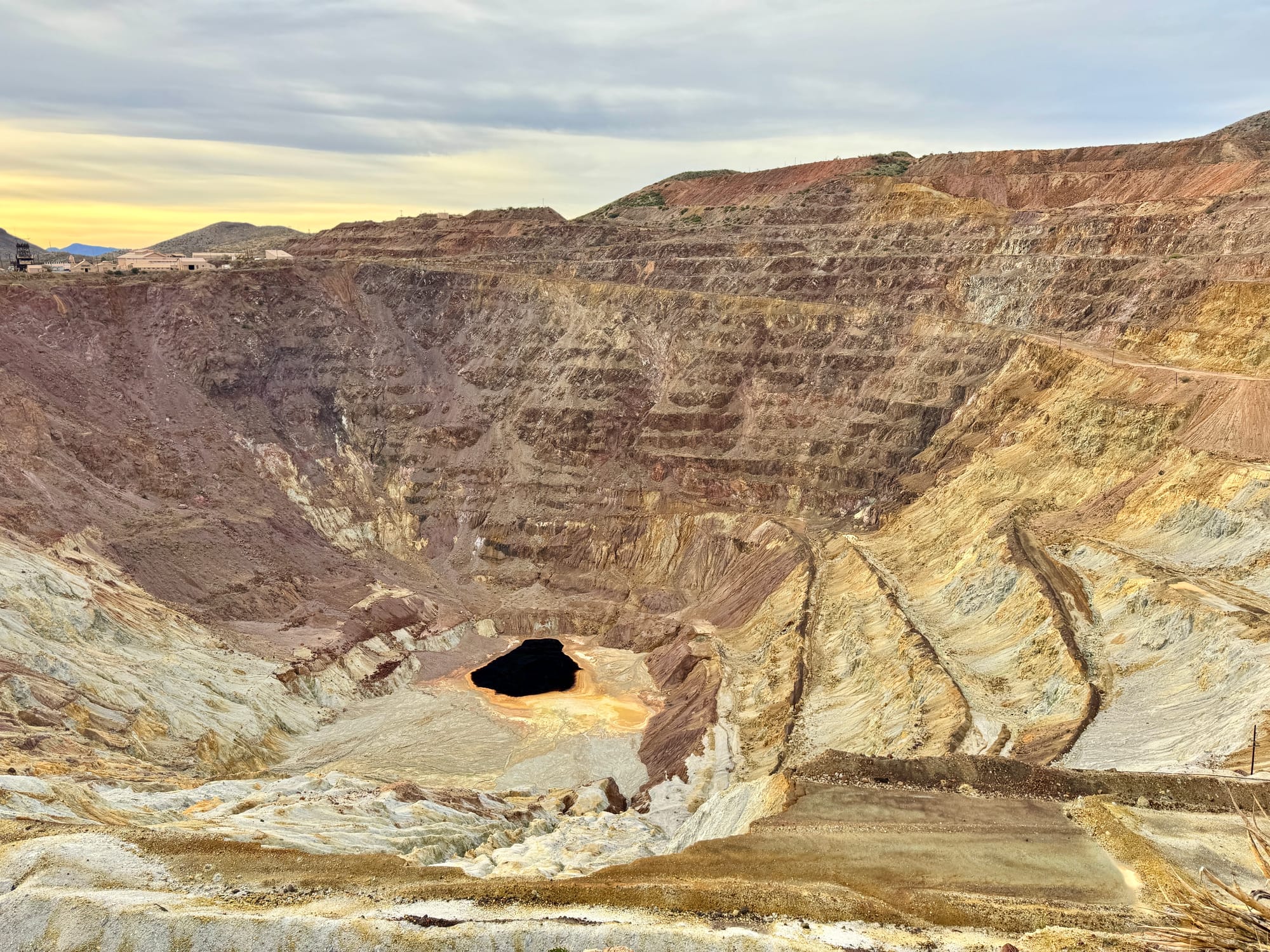
Naco and the border fence
I wouldn't call it a wall exactly. And for all of the media hoopla about the border and immigration in recent years, the vibe at the Naco checkpoint was remarkably sedate. A sense of routine permeated the atmosphere. We waved at the Mexican and American officials standing there with guns and they, for the most part, waved back. I received a curt shake of the head from one Mexican policeman in fatigues when I tried to take out my camera a little early. That's a no-go at the checkpoint I guess.
Mike and I drove up and cast our eyes over the brown border line, which undulates across the hills and stretches far into the distance. Three large coils of concertina wire lace the fence.
We parked on the American side of the checkpoint and crossed via the pedestrian walkway. Mike took me to the Museo Sitio de Naco where its kind director explained the Bombing of Naco during the 1929 Escobar Rebellion. "The bombing, although unintentional, is noted for being the first aerial bombardment of the continental United States by a foreign power in history."
Mike live-translated for me. Afterward, we stopped in for some delicious carne asada at Asadero los Molcajetes.
On the way home we took at look at the former Camp Naco. Buffalo Soldiers were stationed here from 1911 to 1924. Now, the abandoned structures are being rehabilitated as part of a big grant project by the City of Bisbee.
